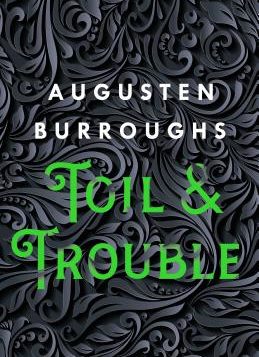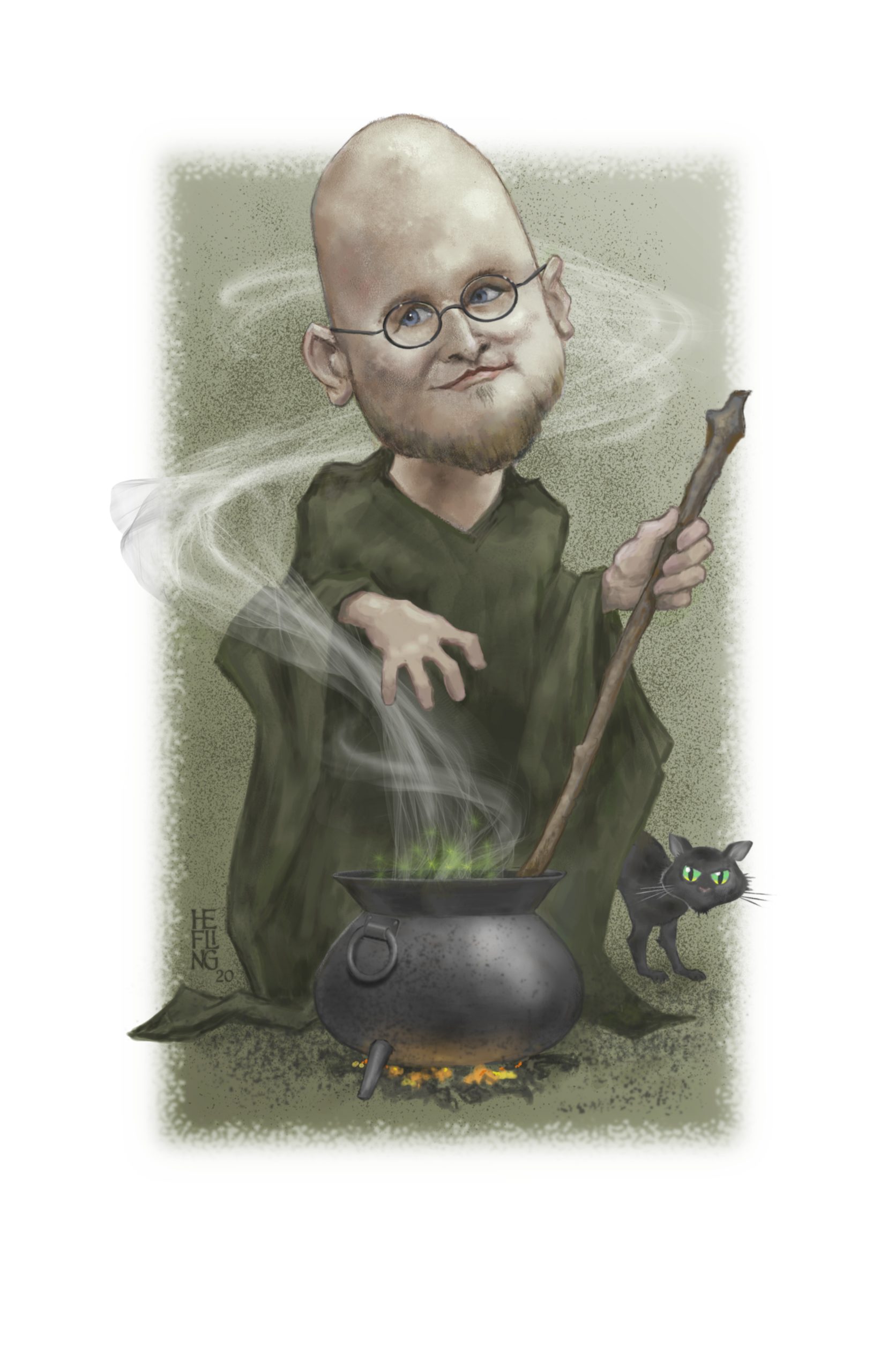 Toil & Trouble
Toil & Trouble
by Augusten Burroughs
St. Martin’s Press. 320 pages, $27.99
A 2014 Pew Research Center study estimated that there are nearly one million Wiccans in the United States alone. Modern witchcraft has grown in spurts, spreading widely first in the 1960s with that decade’s interest in alternate spiritualities, then again in the 1990s with the popularity of TV shows like Charmed and Buffy the Vampire Slayer, and again in the 2010s, fueled by the millennial generation’s disillusionment with conservative mainstream Christianity and enabled by social media platforms like Tumblr and Instagram. An October 24, 2019, New York Times article titled “When Did Everybody Become A Witch?” wonders if we’ve reached a “peak witch” moment.
Modern witchcraft has no central authority, and many gay men and lesbians joined up as it spread and broke into innumerable small sects (often called traditions by their practitioners). Leo Martello, who published Weird Ways of Witchcraft in 1969, was publicly out as both a witch and gay man and was involved with New York City’s gay liberation movements. The woman-centric tradition called Dianic Witchcraft was founded in 1971 by Zsuzsanna Budapest, while Eddie Buczynski founded the Minoan Tradition, a Wiccan tradition for gay men, in 1975. Both traditions remain active today. In 1978 Arthur Evans published Witchcraft and the Gay Counterculture, which argued that many of the alleged witches executed during the witchcraft trials were actually LGBT people. Many books aimed at LGBT witches have followed in the decades since.
Peter Muise, who writes about New England folklore and legends, is the author ofLegends and Lore of the South Shore.








